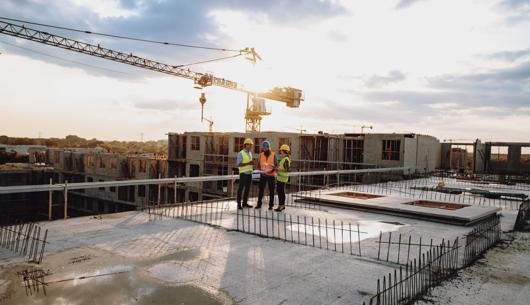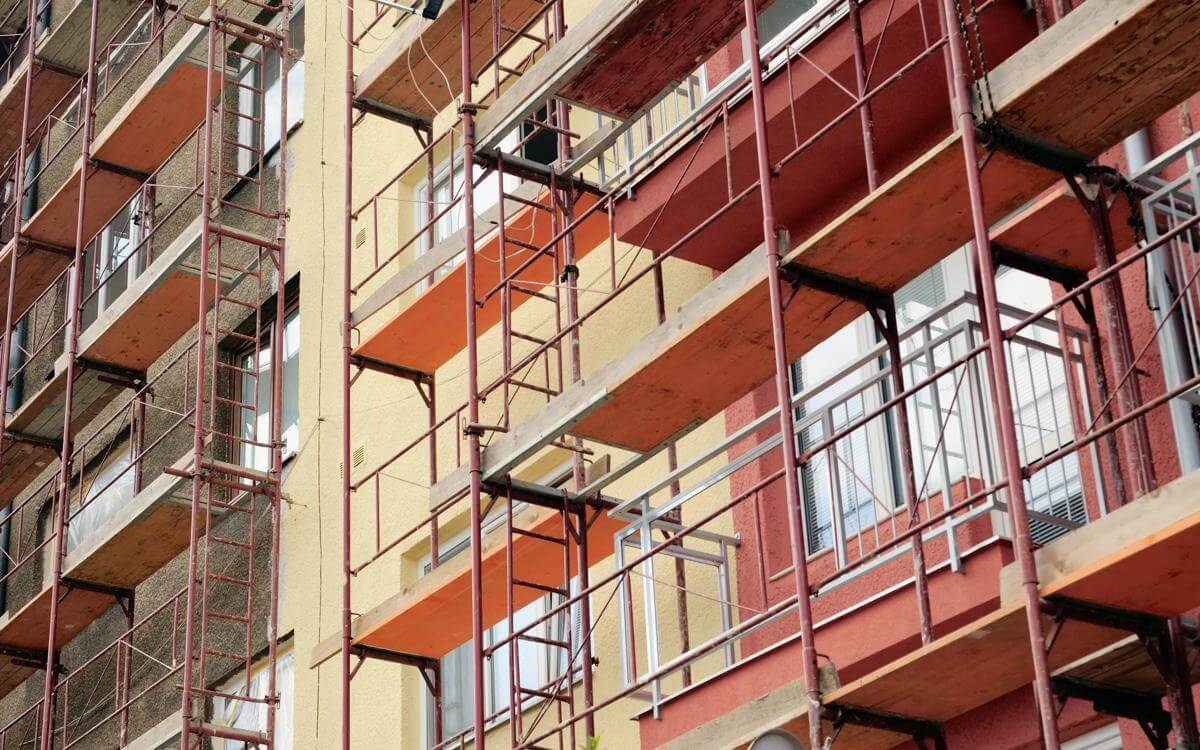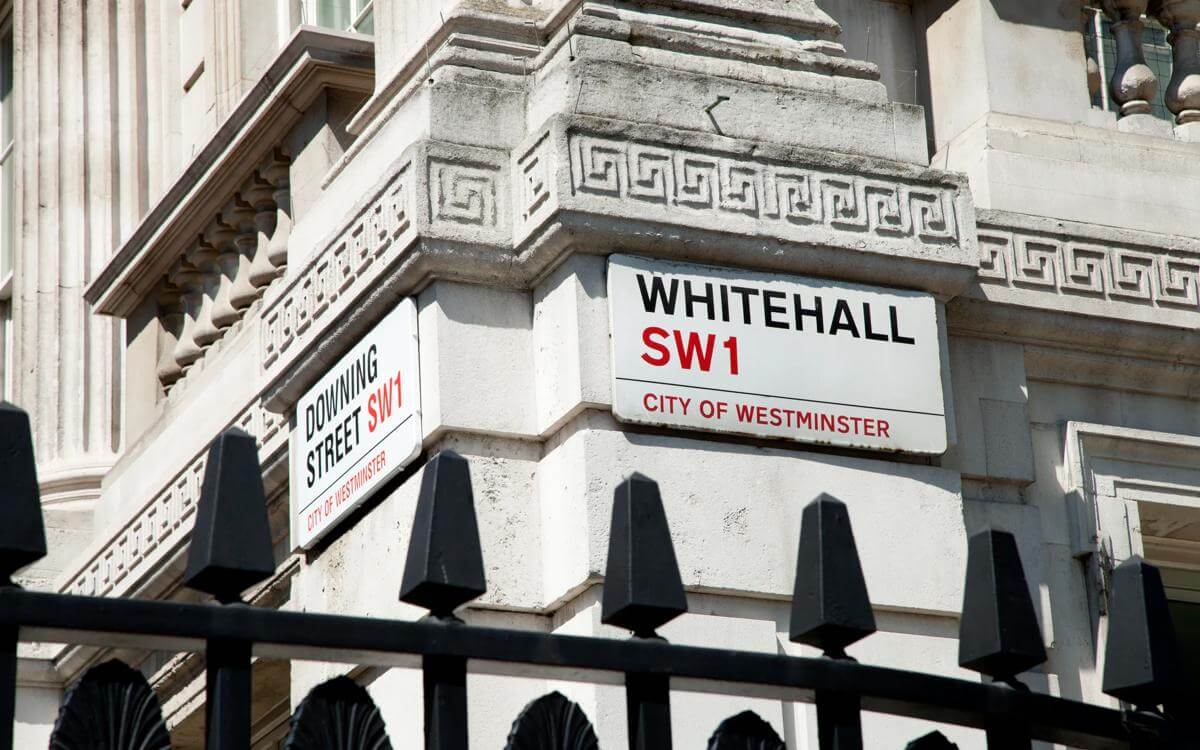In this first of a series of short notes on ‘PFI handback’, we:
- Explain what PFI handback is, and why it's important for procuring authorities and contractors to get ready for it.
- Explore some of the limitations and scope for disputes arising out of typical definitions of the ‘Handback Condition’ we have seen used in PFI contracts.
- Explore some of the solutions available to PFI procuring authorities and contractors.
PFI handback - what is it?
PFI contracts are generally structured so that a contractor will construct and thereafter operate an asset with the provision of an accompanying service for a procuring authority for a period typically lasting between 20 and 35 years. Upon PFI handback, i.e. the expiry of that period, the ownership and responsibility of that asset is handed back to the procuring authority. According to information from the Infrastructure and Projects Authority, there are over 600 PFI contracts which will reach handback date between 2024 and 2040, with a total capital value of approximately £50 Billion. The administrative and financial implications of PFI handback and the scope for the condition of those assets to impact that capital value is therefore enormous.
Lack of guidance in SOPC4
The SOPC4 guidance, which applied to PFI contracts between March 2007 and December 2012 (for context nearly 200 PFI contracts reached financial close between these dates) contains no definition of Handback Condition or any material description of the condition in which assets are to be handed back by the contractor to the procuring authority.
What does the SOPC4 guidance say?
SOPC4 guidance page 183 para 23.1.1:
“If the Assets may be transferred to the Authority at no cost on the Expiry Date (i.e. no residual value risk has been transferred to the Contractor) (see Sections 20.2 (Assets where the Authority retains Residual Value Risk) and 20.6 (Valuation of Terminal Payments on Expiry where Residual Value Risk has been Transferred)), the Contract should specify what condition the Assets should be in at such time. It should also specify the arrangements for a survey of the condition of Assets before the end of the Contract to assess whether such standards have been met. ” [emphasis added].
Why does the SOPC 4 guidance not specify what condition the Assets should be at that time?
It appears as though the authors of the SOPC4 guidance wanted to leave it to parties to agree the Handback Condition on a specific project basis. However most, if not all of the project contracts we have seen have not dealt with this issue with significant further clarity.
Problems posed by the definitions of Handback Condition?
We have seen Project Agreements which define the Handback Condition by reference to high-level criteria in the output specification. That criteria can be by reference to allowing the assets to operate for a period of years after the expiry date whilst requiring no more than routine maintenance or lifecycle works which a prudent operator would expect to carry out in that period.
Whilst this approach introduces some potentially objective standards, it does provide wide scope for disagreement between the parties as to what is in fact ‘routine maintenance’, or a ‘prudent operator’. There are also many ‘prudent’ ways in which to operate a complex asset. For example, some operators may choose to adopt a high maintenance and low lifecycle expenditure profile. Others may adopt an inverse approach. Others may choose to limit both maintenance and lifecycle works but employ additional staff members. All of these approaches will lead to a different outcome for the Handback Condition. This is of course before any dispute about the scope of remedial works actually required to put the asset in that condition.
What are the potential solutions?
Dialogue
It is crucial for procuring authorities to ensure that any contractual uncertainties around the handback mechanism are addressed in early course, which is part of the reason why the Infrastructure and Projects Authority expects senior leaders of procuring authorities to commence handback planning seven years in advance of their contracts coming to an end. Any discussions on handback must align with the procuring authorities’ future plan for the asset and the accompanying service.
Successful dialogue
In the event of a successful dialogue, it is likely to be in the parties’ best interests to vary the terms of the Project Agreement, so that it contains an agreed detailed mechanism for dealing with the handback procedure, often by inclusion of a specific schedule dealing with the Handback Condition, or an itemised and measurable section in the output specification, which is a feature we have seen in a number of Project Agreements. However, variations to PFI Project Agreements can cause problems of their own. With Project terms of up to 40 years, the chances of a Project Agreement and/or an output specification reaching expiry without a significant number of variations is low. Combine this with staff turnover and changes in IT systems, and establishing the correct contractual benchmark is unlikely to be simple.
Unsuccessful dialogue
In the event of an unsuccessful dialogue, there are no easy answers. The dispute resolution procedure in most PFI contracts contains a 28-day adjudication mechanism which in the case of projects with complex, numerous and high value assets, is little time for an adjudicator to decide which of a parties’ interpretations of the correct Handback Condition contractual benchmark is to be preferred.
Absence of agreement
In the absence of agreement between the parties on the Handback Condition, we are therefore likely to see many PFI disputes of this kind heading to litigation.
You may be interested in...
Guide
Managing PFI contractor liquidation: A short guide for contracting authorities
Guide
Leveraging private finance for public infrastructure: Shaping future PPP models
Opinion
UK-EU defence fund talks collapse: A missed opportunity
Press Release
Browne Jacobson responds to the Autumn Budget 2025
Legal Update
Autumn Budget 2025 sector predictions: Government
Press Release
Browne Jacobson and CBI join forces to champion revival of PFI-style models for infrastructure investment
Published Article
Innovative housing strategies for councils after ‘asylum hotels’ injunction
Press Release
Browne Jacobson comments on the government's 10 year infrastructure strategy
Legal Update - Employment Rights Act
Employment Rights Bill: Will it cost more to outsource public services and back-office functions?
Guide
PFI expiry guidance for schools
Legal Update
Know your dispute resolution clauses: Key take-aways from Kajima v Children’s Ark and Lancashire Schools v Lendlease
Press Release
Browne Jacobson and CBI roundtable explores how to finance public infrastructure post-PFI
Press Release
King’s Speech 2024: Reaction from Browne Jacobson lawyers
Legal Update
A first of many? PFI company seeks Restructuring Plan
Legal Update
Managing PFI contract expiry and maintaining party relationships
Legal Update
PFI handback: ‘Handback Condition’ limitations, disputes and solutions
Legal Update
2024: Horizon scanning in construction
Legal Update
Managing the expiry of PFI contracts
Legal Update
PFI expiry - hope for the best, plan for the worst?
Legal Update
What are we to do about self reporting in PFI contracts?
Press Release
Browne Jacobson advise London borough councils on key social infrastructure PFI deal for streetlighting in Croydon and Lewisham
Legal Update
Higher education projects – the end is nigh?
Published Article
How the Environment Act affects existing contracts’
Press Release
Browne Jacobson advises Bromley Council on the first social housing initiative of its kind to tackle homelessness
Published Article
The role of Legal Project Management in public sector projects
The concept of Legal Project Management (“LPM”) is increasingly relevant to the delivery of legal services, both in-house functions and private practice law. This is unsurprising, LPM is crucial if lawyers are to add value by controlling budgets, communicate pro-actively on risk mitigation and costs, and manage time by resourcing to deal with pinch points in the project.
Legal Update
Regeneration funding: Securing Compulsory Purchase Orders in the face of escalating building costs
The focus on the Levelling Up agenda and the availability of grant funding, means there are numerous important regeneration schemes actively being pursued across the country. With ever-escalating project and building costs, in many cases, applications that were made for grant funding were based on costs contingencies that have already been exceeded.
Legal Update
The impending termination of PFI contracts and what should be done now
Press Release
Browne Jacobson’s government & infrastructure lawyers advise on first South West based green hydrogen production project
Browne Jacobson’s specialist government and infrastructure team have advised Canford Renewable Energy Ltd on the delivery of its Dorset Green H2 facility.
Guide
2022: Horizon scanning in construction
Published Article
Construction needs to do more to reduce carbon emissions
More needs to be made of these procurement routes, with clients honouring the original concept rather than watering down concepts.
Legal Update
Waste is only waste if we waste it*
This article looks at the impact of Part 3 of the Environment Act 2021 on waste collection authorities, including measures to reduce packaging waste, to encourage re-use and recycling and changes to the way waste will be collected.


























